Special Report
How Technology Has Changed the World Since 2010

Published:
Last Updated:

In the past decades, the world has seen some astounding technological changes — and even since 2010, technology made leaps and bounds. Mobile phone networks can now let users surf and stream at great speeds, apps have revolutionized online dating, and driverless cars, virtual reality, synthetic organisms, and space travel are no longer the stuff of science fiction.
Although 2010 may not feel like such a long time ago, when you consider how much has changed since then, it seems like ancient history. At the same time, some changes were so subtle and came around so gradually, you probably haven’t even noticed them — these are 50 ways American life has changed in the last decade.
Smartphones, social media, transportation, dating, streaming – these are just a few examples that have undergone major tech changes over the last few years, changing our lifestyles in the process.
Technology is developing at a fast pace, and the consumer world doesn’t wait around. It seems like there is a new product – useful or not – every day. Here are 20 gadgets from the ’90s no one uses anymore.
Click here to see how technology has changed the world since 2010.
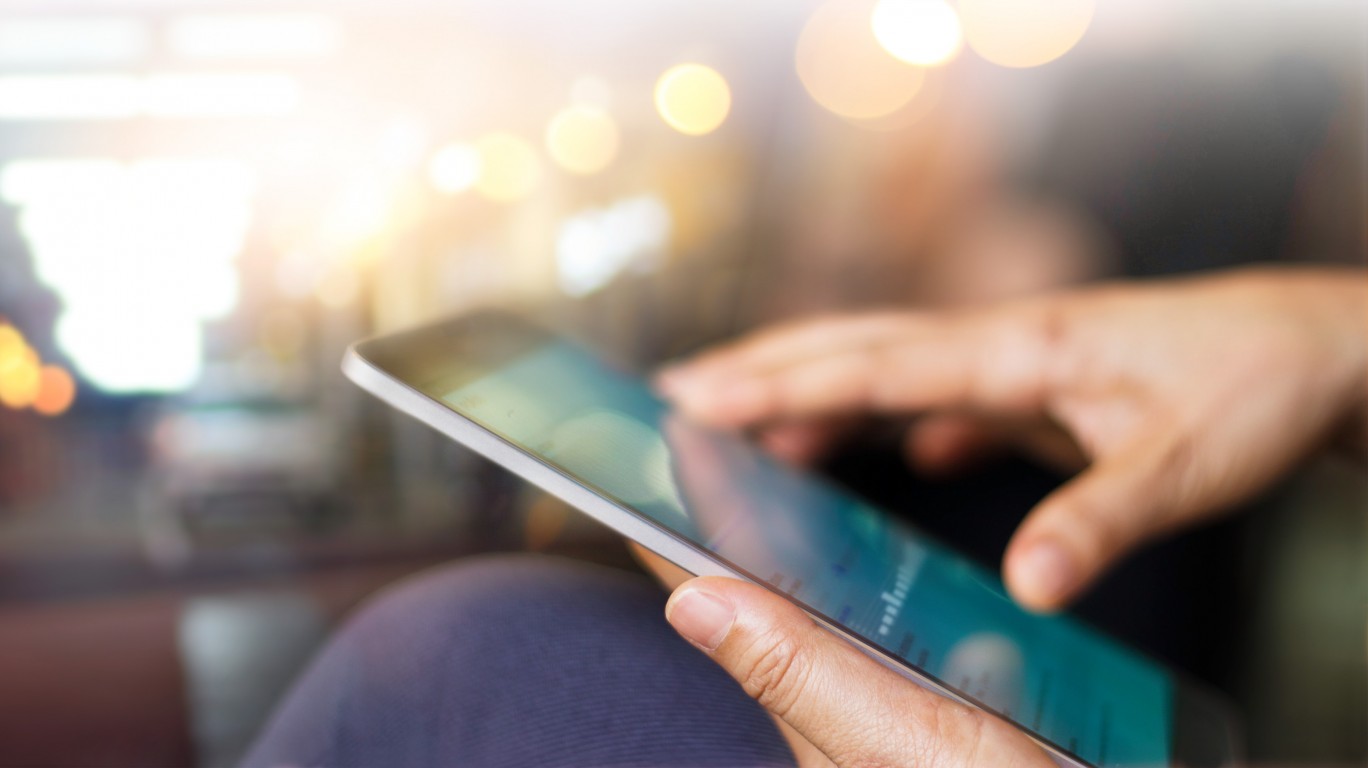
1. Tablets
Apple’s iPad was named technology of the year in 2010 by Time magazine. While it wasn’t the very first tablet computer — that honor goes to Microsoft, which introduced its Tablet PC in 2000 — Apple’s version was the first to hit the mass market and achieve widespread popularity. As of 2018, the company had sold about 425 million iPads around the world. Nowadays, several tech companies offer tablets that will fit any budget.
[in-text-ad]
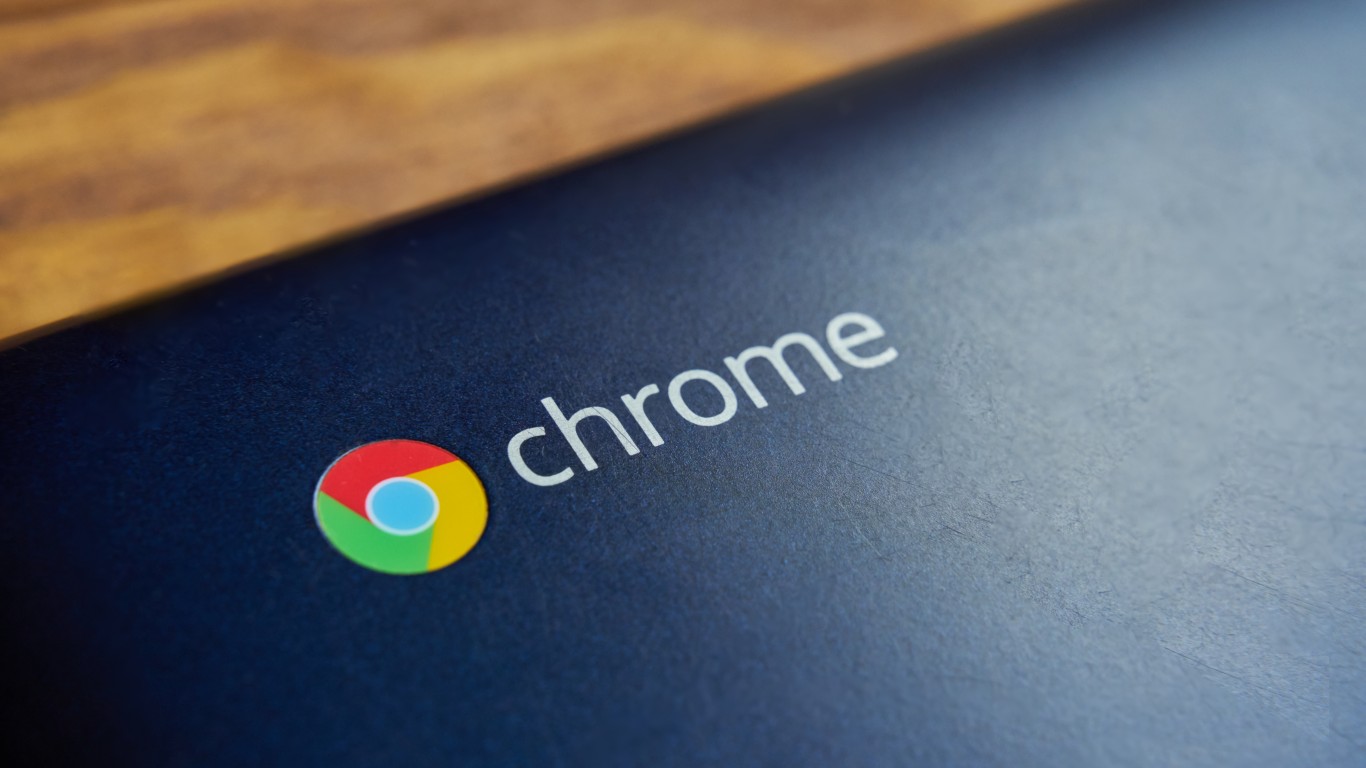
2. Chromebook
The Chromebook was released in 2011, but it seems as if it has been around for much longer than eight years. The laptop runs on Google’s operating system, and its main function is browsing. It’s also light and affordable. It’s a good device for those who need basic functions such as sending emails, using social media, or surfing the internet. In 2016, Chromebooks outsold Macs in the United States by about 250,000 units. Shipments worldwide have steadily increased over the years, and at the end of 2018, a fifth of all mobile notebooks sold in the U.S. were Chromebooks.
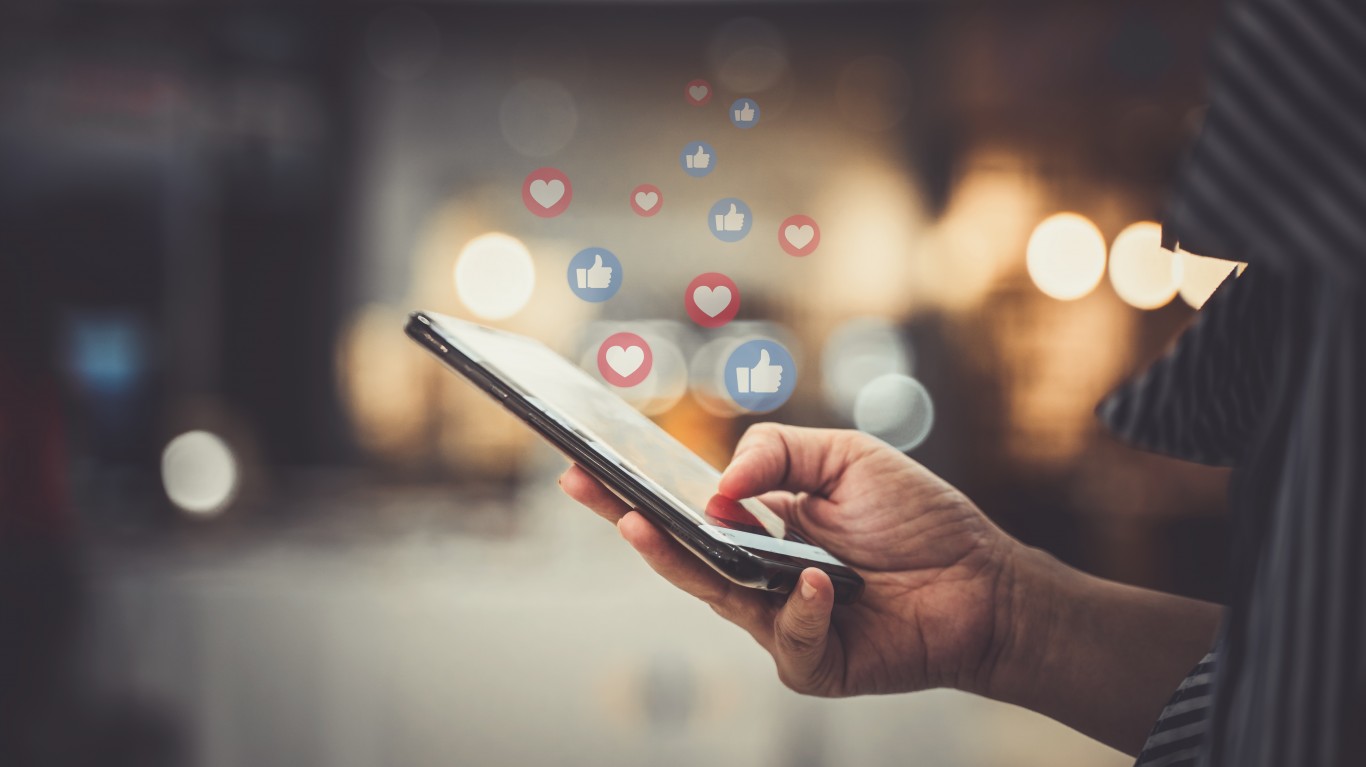
3. Social media taking over
Technology has turned social media into an addiction. The average smartphone user checks Facebook 14 times a day. And that’s just one social media platform. Between Facebook, Instagram, Pinterest, and various messaging apps, people are glued to their phones. In fact, people are expected to spend more time online watching videos, shopping, and browsing through Facebook than watching TV this year.
With their potential to reach millions of people in a matter of minutes, Facebook and Twitter have fundamentally changed political discourse, especially after the impact they had on the 2016 presidential election.

4. Personal information for sale
Remember the Cambridge Analytica fiasco of 2018? It’s no secret anymore that companies are profiting from every bit of information a person chooses to share online. Personal details — from professional history to how many friends one has — are being collected, analyzed, and sold. The value of such data can be worth as much as $8 trillion in the U.S. alone, according to a report by software maker Oracle and MIT Technology Review.
[in-text-ad-2]
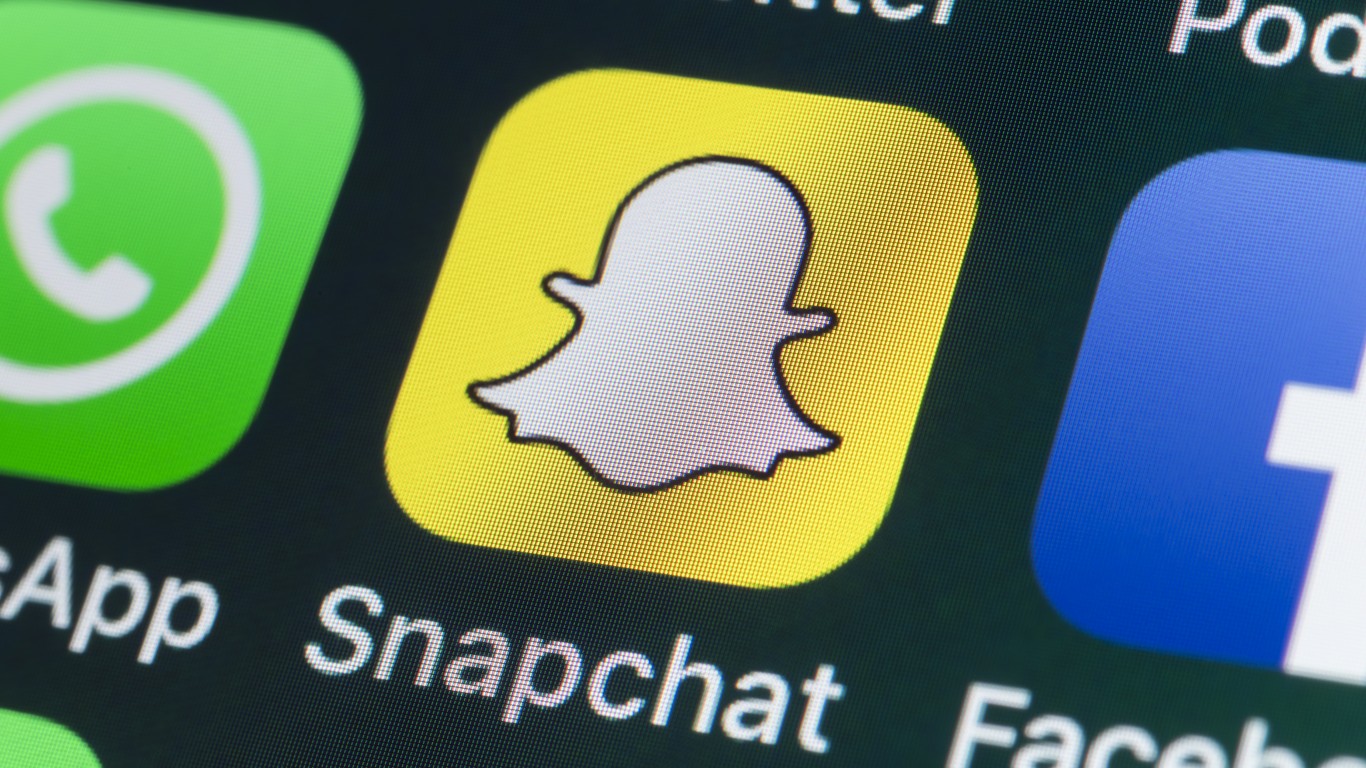
5. Snapchat
Snapchat, the popular messaging app that lets users exchange videos and pictures that disappear seconds after being seen, was launched in 2011. It now has more than 190 million daily active users, who create more than 3 billion snaps a day.
A user spends more than half an hour a day, on average, using the app, and a quarter of U.S. adults have it. According to Snap, the app reaches 90% of 13- to 24-year-olds in the U.S.
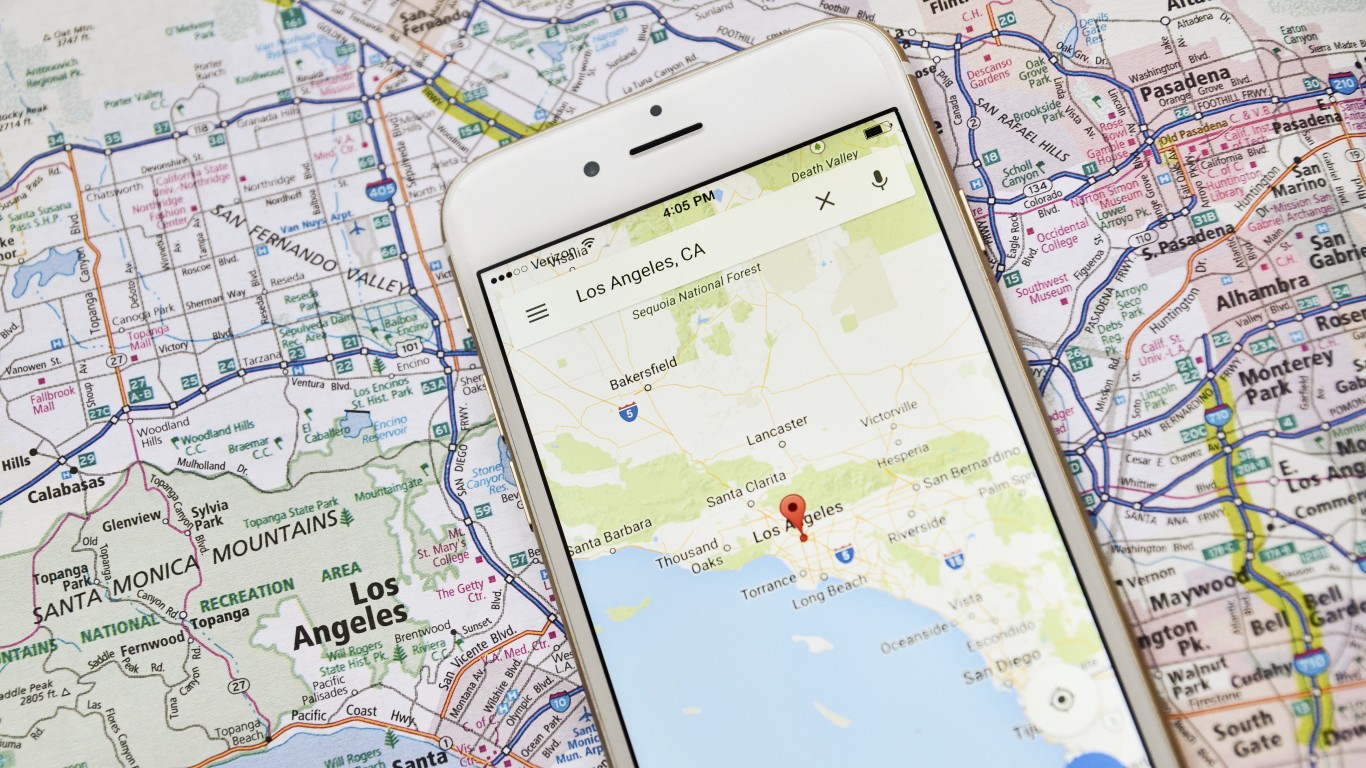
6. Navigation apps
You may still have a GPS, which stands for Global Positioning System, just in case, but you probably haven’t used it in years. Portable GPS devices were all but obsolete by 2012. Garmin was by far the market leader of GPS devices, but its sales were tanking by 2013. The decline in demand had become unstoppable thanks to the rising popularity of smartphone navigation apps. Google Maps has been around since 2005, while Apple Maps was launched in 2012. Google also bought the popular Waze in 2013. People need never be lost again.
[in-text-ad]
7. Ride-sharing apps
Uber and Lyft, launched in 2009 and 2012, respectively, have revolutionized the way people call for a cab service. There is an ongoing debate about whether drivers are employees or contractors, and safety is still a concern — Uber lost its license in London, one of its biggest markets — but people continue to hail a ride using the apps. The ridesharing apps have been crushing regular taxis.

8. Tinder
Online dating was possible long before Tinder, which is a location-based dating app, was released in 2012. The app — in which users swipe left or right on their phones to signal interest or lack of interest in a person — has totally revolutionized the technology-assisted matchmaking process and helped remove the stigma surrounding it.
A recent Stanford study found that meeting online is now the most common way couples first connect. Tinder has more than 4.1 million users. Recently, it received the 2019 Dating Sites Reviews Single’s Choice Gold Award.

9. Streaming TV shows
Blockbuster filed for bankruptcy in 2010. Its downfall was largely blamed on the rise of streaming services, which were just starting to dominate the entertainment industry at the time.
Now, we live in the golden age of entertainment: movies are available online, whether for rent or purchase, just a couple of months after they hit the big screen — or even sooner if the movie isn’t doing well in theaters. Also, an increasing number of movies are released directly to audiences through streaming services provided by Netflix, HBO, Amazon, and Disney.
[in-text-ad-2]

10. New age for video games
Both Sony’s PlayStation 4 and Micsosoft’s Xbox One were released in 2013. The PS4 was even released with a Share Play feature, which allows for a person to let someone else use the controller via the internet. The latest generation of the console had sold more than 96 million units as of January 2019. Microsoft does not reveal specific sales figures, but the company has said Xbox sales are growing. Recently, the two giants announced they would be working together on game and content-streaming services.
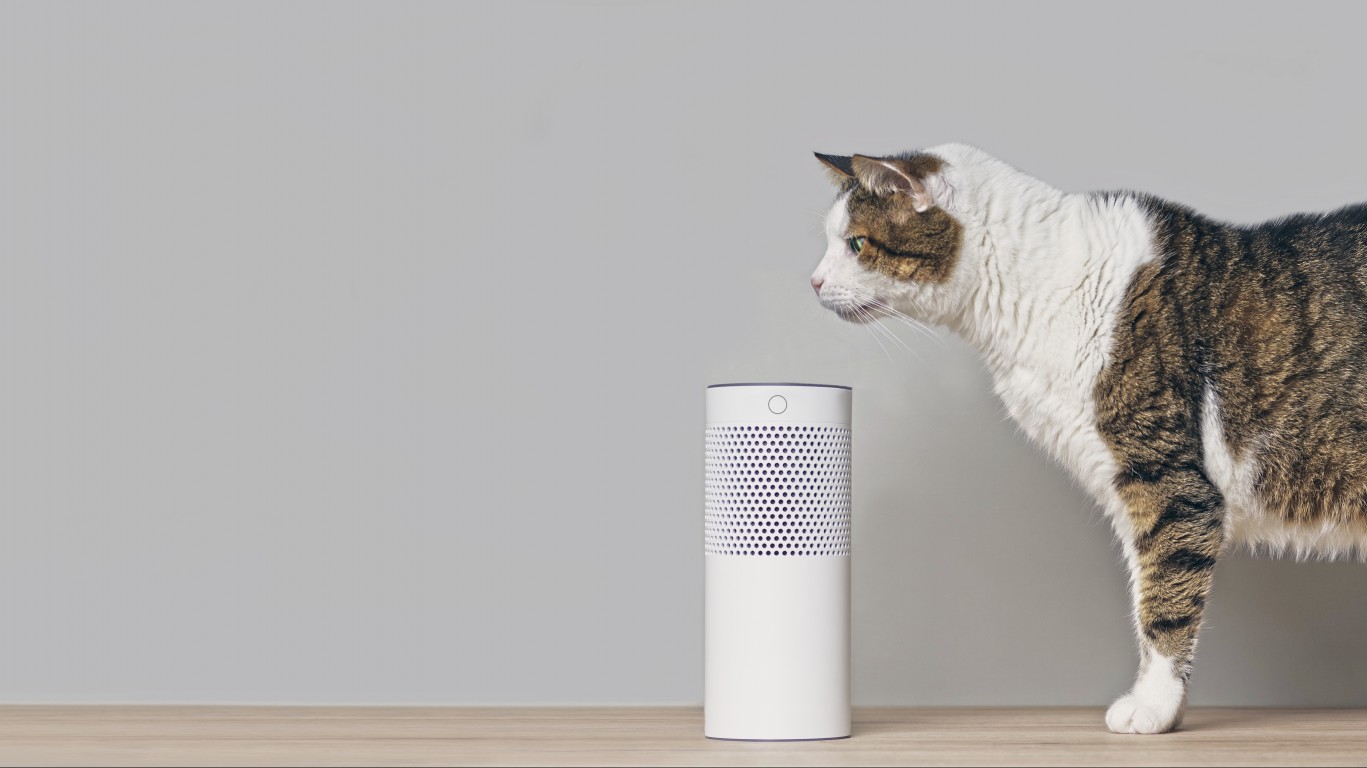
11. Virtual assistants
Siri, Alexa, Echo — since 2010, when Siri was introduced as a standalone iPhone app, virtual personal assistants have been multiplying and getting smarter. They answer all kinds of questions, from what the weather will be like the next day to a complex math problem. They also follow commands to play music or TV shows.
On the horizon are even more advanced AI abilities. For example, an Israeli-basd tech company is working on a virtual assistant that will make lifestyle suggestions to help people be healthier and happier.
[in-text-ad]
12. Pokemon Go
Virtual reality existed before Pokemon Go descended onto this world, but the game made augmented reality gaming into a global phenomenon. The location-based game, created by Niantic Labs, has been downloaded more than a billion times since its launch in 2016 — half of them in the first three months. As of May 2018, the game had 147 million active users.
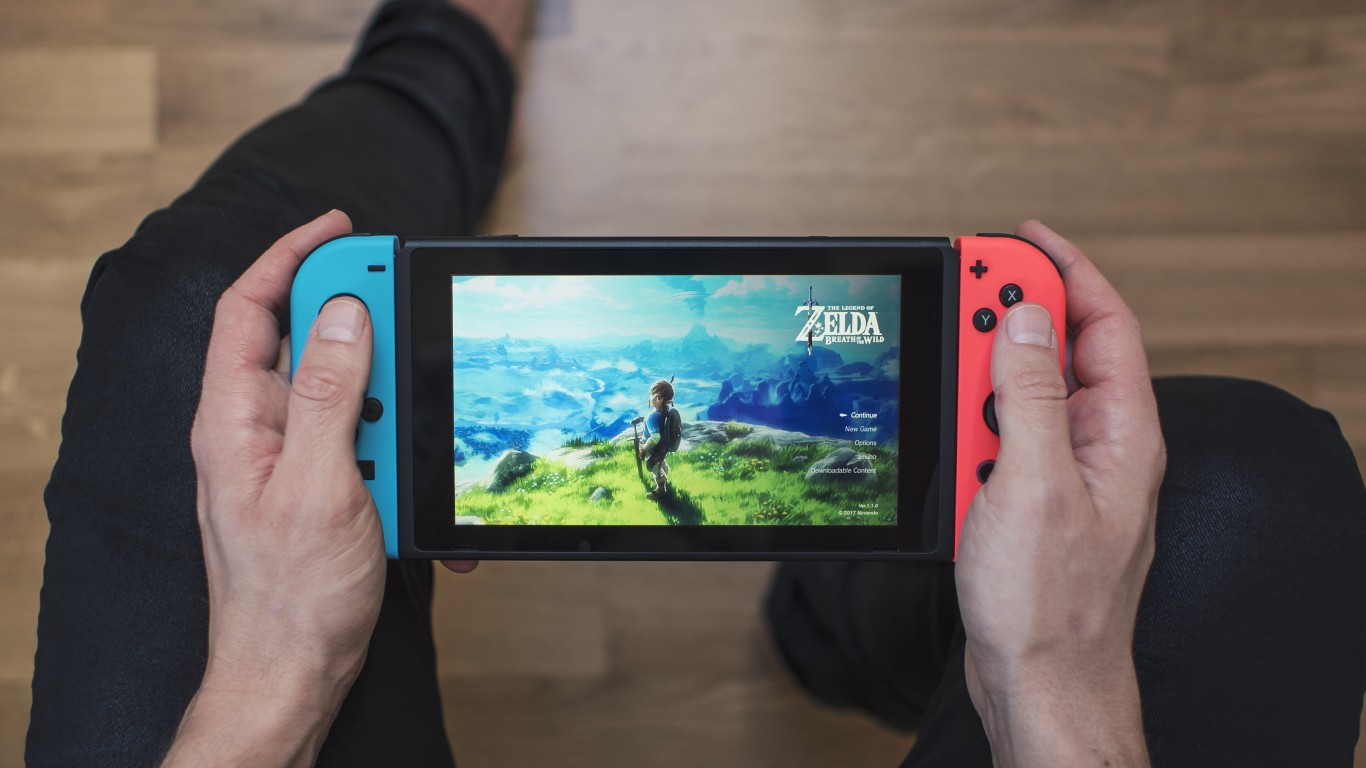
13. Nintendo Switch
Nintendo Switch, a hybrid game console that can easily switch between a TV screen and portable device, was launched in 2017. Sales have gone up from 1.5 million in its debut month to more than 40 million in October 2019. It launched with a fairly few games in its library, but it has significantly expanded it to include several Mario and Zelda titles, which have become two of the most successful games on Switch. And if playing games is not enough, TV shows, movies, and music can be streamed using the device with Hulu and YouTube.
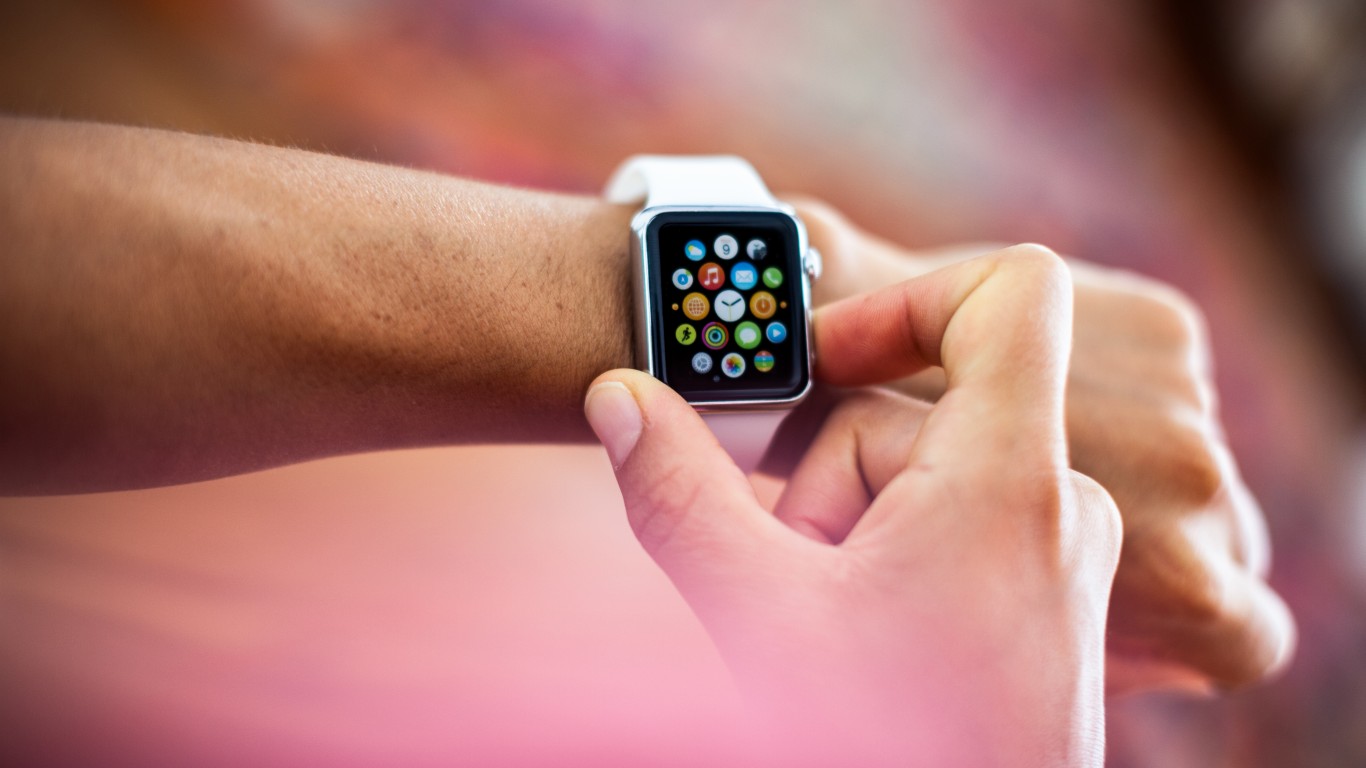
14. Apple Watch
Apple Watch was launched in 2015, and, for some people, wearing a watch has become cool again. Phones, tools, and apps have been moved to the wrist. The device has almost all the features of a standard-size smartphone — internet, messaging, voice control — but its design is such that more emphasis is put on fitness tracking.
In the second quarter of 2019, Apple had almost half of the smartwatch market, selling about 5.7 million units of the device.
[in-text-ad-2]

15. Driverless cars
Driverless cars are not yet available for the masses, but are expected to revolutionize transportation as well as cause major disruptions to shipping industries. Waymo, which is owned by Alphabet, Google’s parent company, started testing driverless taxis in Phoenix suburbs late last year.
The road to total vehicle autonomy has not been a smooth one. In March 2018, a self-driving Uber killed a pedestrian in Tempe, Arizona. The accident revealed several safety lapses in the cars’ design.
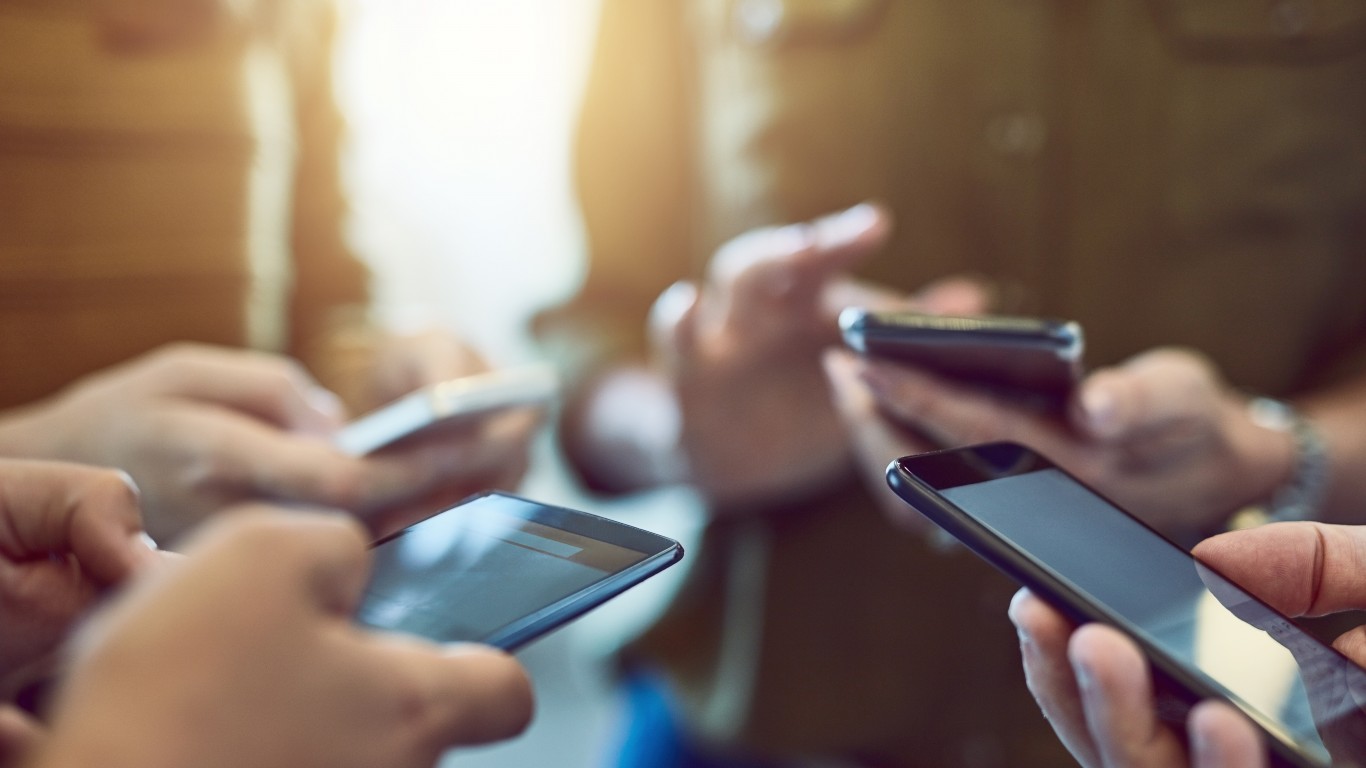
16. Alternative to iPhones
The first iPhone, launched in 2007, was not the first smartphone, but it revolutionized the cellphone market. Since then, Apple and other tech companies — Samsung, Huawei, Google, Sony, HTC, LG, Microsoft — have introduced many versions of smartphones, with each advanced version one offering more and more features. With the features, apps also evolved and related services, from paying for services with your phone to mapping the fastest route.
Today, the world is basically at our fingertips. The smartphone has become so popular as a device that in the U.S. alone, more than 265 million Amercians are estimated to own one — that’s about 81% of the U.S. population.
[in-text-ad]

17. Crowdsource funding
Crowdsourcing has been around in one form or another since the 18th century. (The word “crowdsourcing,” a combination of “crowd” and “outsourcing,” was first used in 2006). But what made it extremely popular and a common way for people to raise money for their creative projects was Kickstarter, which launched in April 2009. Since then, more than $4.5 billion have been invested in successful projects. Now, there are more than a dozen crowdsourcing platforms for product or project realization.
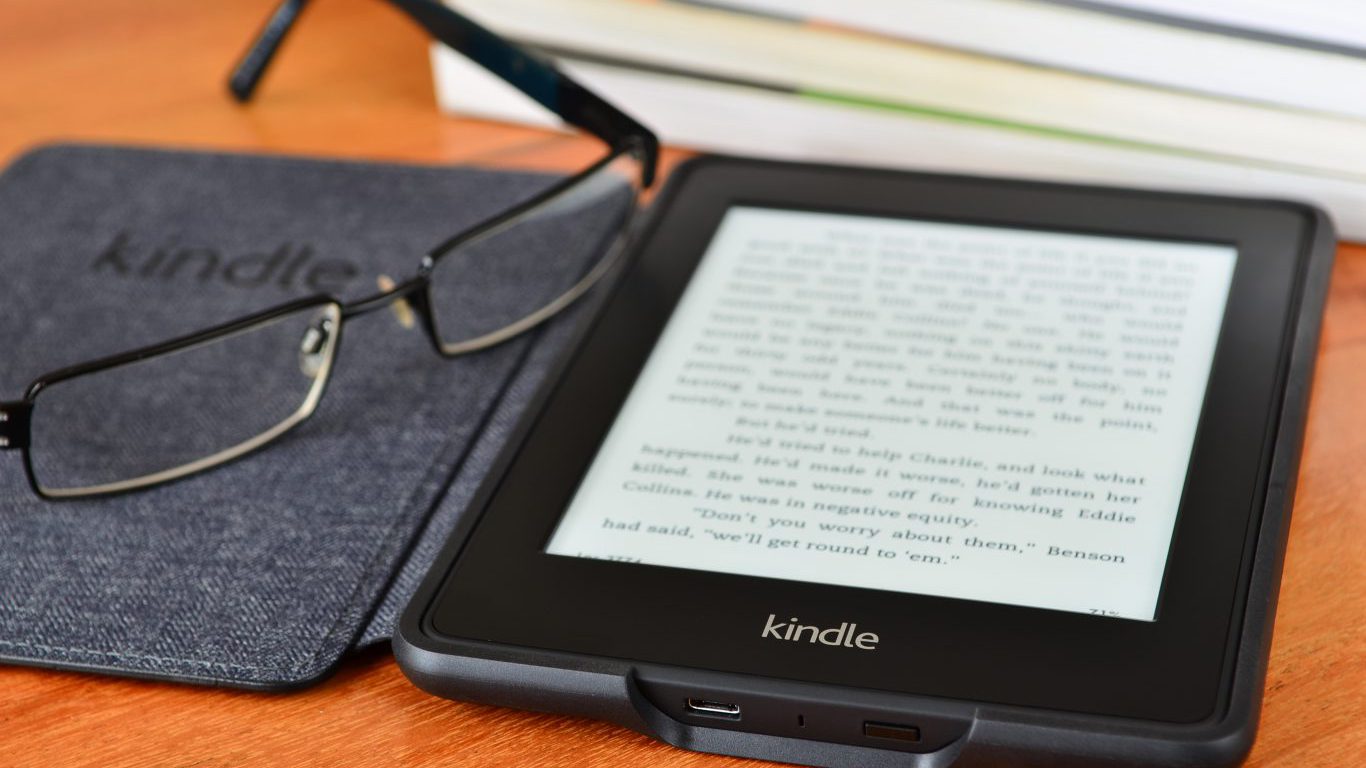
18. E-readers are affordable
The Kindle was not the first e-reader. They have been around since at least a decade prior. But Amazon, with its first Kindle released in 2007, helped start what CNN Money described as the Age of E-Book. At first, the device cost $399, hardly affordable for the masses. Now, however, they go for less than $90, and $60 if you buy the basic version.

19. Multi-use rockets
It used to be that when a rocket, or anything, was launched into space, it could not be used again. SpaceX, founded by Elon Musk, made history in 2017 with the launch of the first ever recycled rocket. SpaceX’s biggest competitor, Blue Origin, owned by another billionaire, Amazon founder Jeff Bezos, is also developing reusable launch vehicles that will eventually be able to carry people and satellites for the government or private citizens.
[in-text-ad-2]

20. Solar roofs
Tesla, another company co-founded by Elon Musk, developed entire roofs made of solar panels. The roofs are an integrated electricity-generating structure that will help power homes and cars. They haven’t been a hit in the United States so far, but the company has been exporting solar roofs abroad, according to Reuters.

21. Advancements in robotics
While a robot uprising in the style of “Terminator” or “I Robot” is still a futuristic scenario, robots today can do a lot more than just answer basic questions. Now, at least one humanoid robot — named Atlas — can run through a park all by itself and even navigate around obstacles such as a log. Atlas can also jump and climb. Robots have also been used as restaurant hostesses and for social interaction.
[in-text-ad]
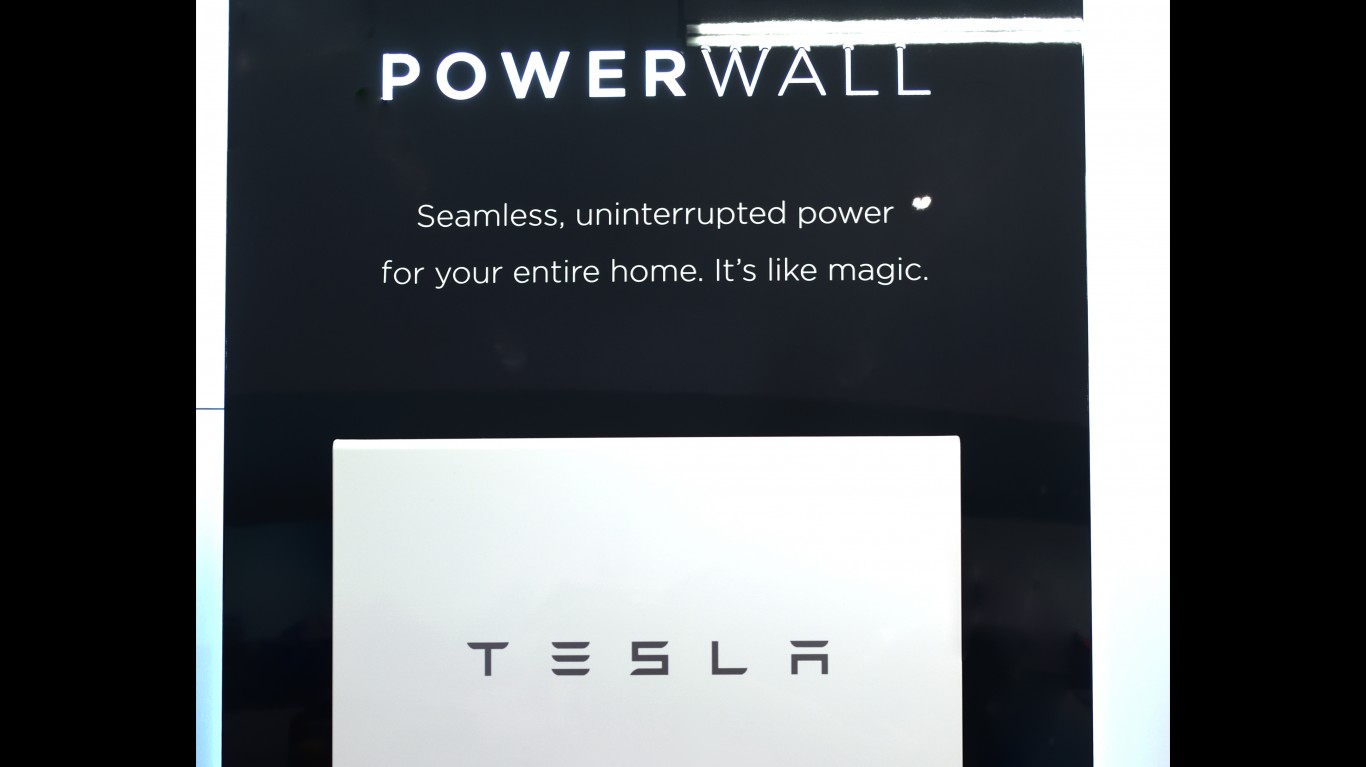
22. Powerwalls
Powerwalls are a residential battery, a stationary energy storage product. Tesla’s second version is one of the most advanced of its kind. Everything in the house that needs electricity — all appliances and gadgets — can use it. The powerwall itself is charged by the sun during the day. Demand is high, according to a nationwide survey from EnergySage and the North American Board of Certified Energy Practitioners, but manufacturing has been a problem as the company has prioritized electric car manufacturing.

23. Serum screening tests
Testing for Down syndrome, genetics disorders in general, and other possible conditions during pregnancy used to involve, and in some places it still does, a large needle inserted into the mother’s uterus, a process that carries some, albeit small, risk for the baby. This is no longer necessary after MaterniT 21, a noninvasive prenatal test, was introduced in 2011. Birth defects as well the sex of the baby can now be detected using a blood sample.
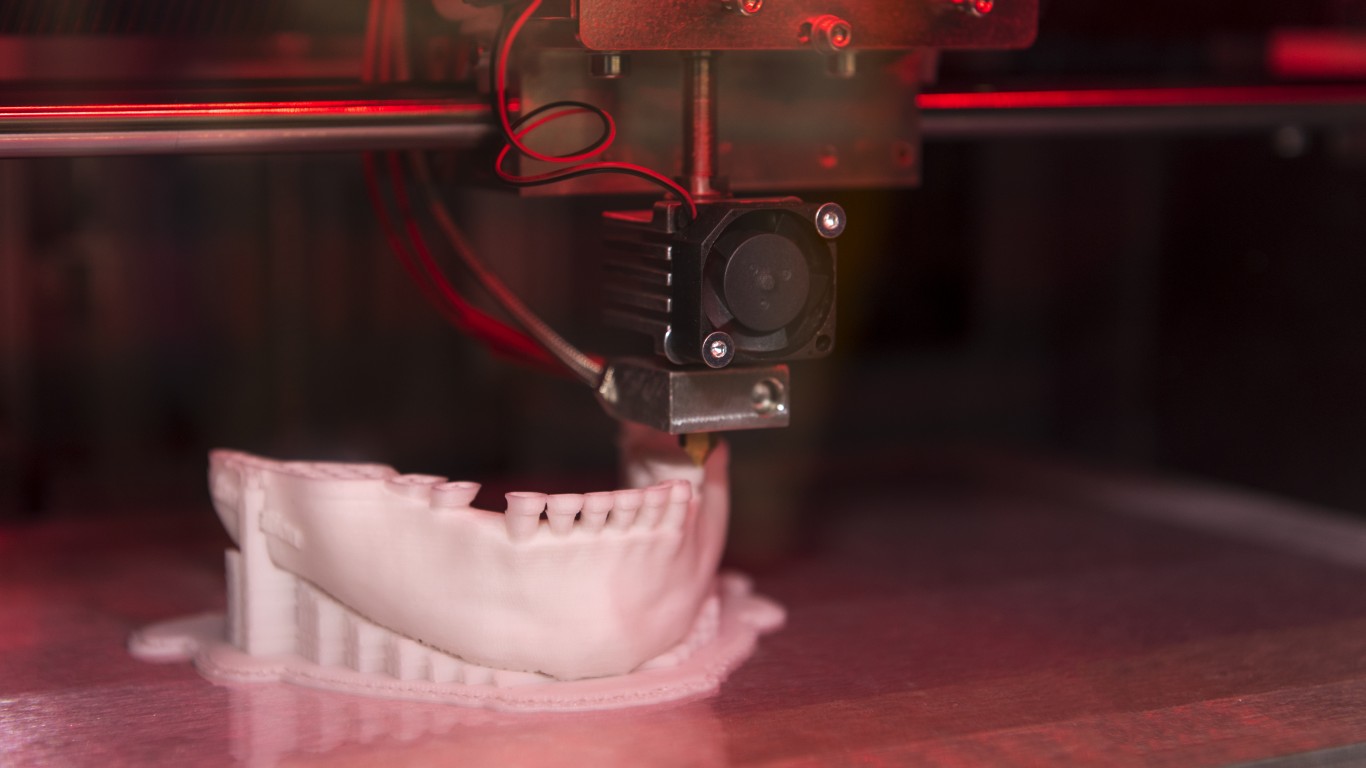
24. 3D replacement organs
3D printing technology has improved considerably over the last few years. (Today, even low-budget printers are available for anyone who can spare $50.) The technology has advanced so much that today it can be used to produce fully functional replacement organs from a person’s own cells. Production for treatment is still years away, however. Among other remaining challenges, scientists still have to find a way to get blood supply to the artificial tissues and to remove waste products.
[in-text-ad-2]
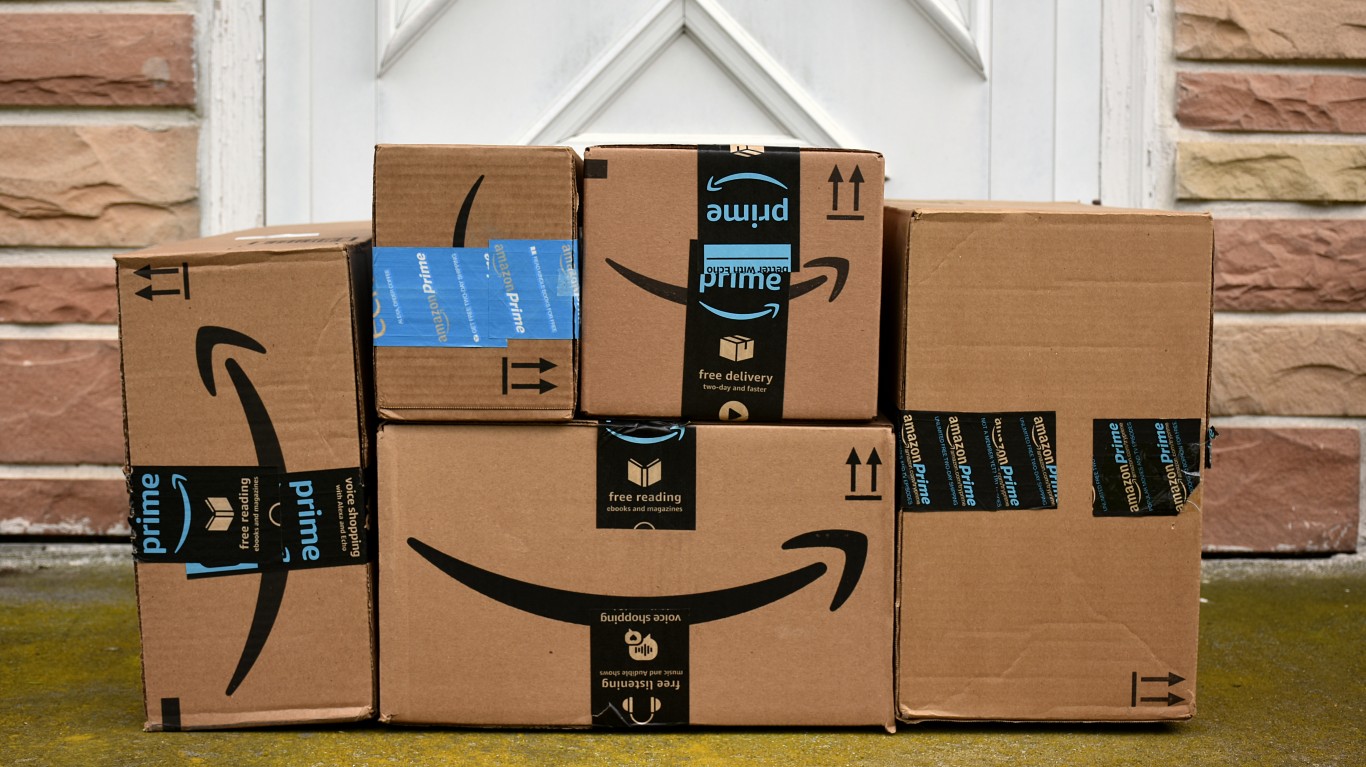
25. Drone delivery
Soon products you order online may be delivered by a drone all the way to your door. Amazon and Wing, which is owned by Google’s parent company, Alphabet, were approved by the Federal Aviation Administration (FAA) to carry out state-to-state or even overseas drone deliveries earlier in 2019. In October, Wing announced that it would partner up with FedEx, Walgreens, and Sugar Magnolia retail store in Virginia for drone deliveries.
26. Bionic eyes
People with a condition called retinitis pigmentosa, a genetic disorder that causes vision loss and even total blindness could soon have some of their vision restored. Researchers at Tübingen University in Germany have developed a retinal implant to restore at least some vision to the condition. They place micro-electrodes in the eye or in the brain, which trigger whatever parts of the visual system that are still functional via small electrical pulses. As a result, the patient perceives small spots of light. The bionic eye uses these flashing spots of light to map out the visual scene.
[in-text-ad]

27. Synthetic organisms
In 2010, scientists produced the first self-replicating, synthetic bacterial cell, and they called it the first truly synthetic organism. It was designed on a computer, made in a lab, and transplanted into another cell to create more self-replicating cells. The next step is to design cells for specific purposes, or as one of the researchers behind the project said, “to design what we want biology to do.”
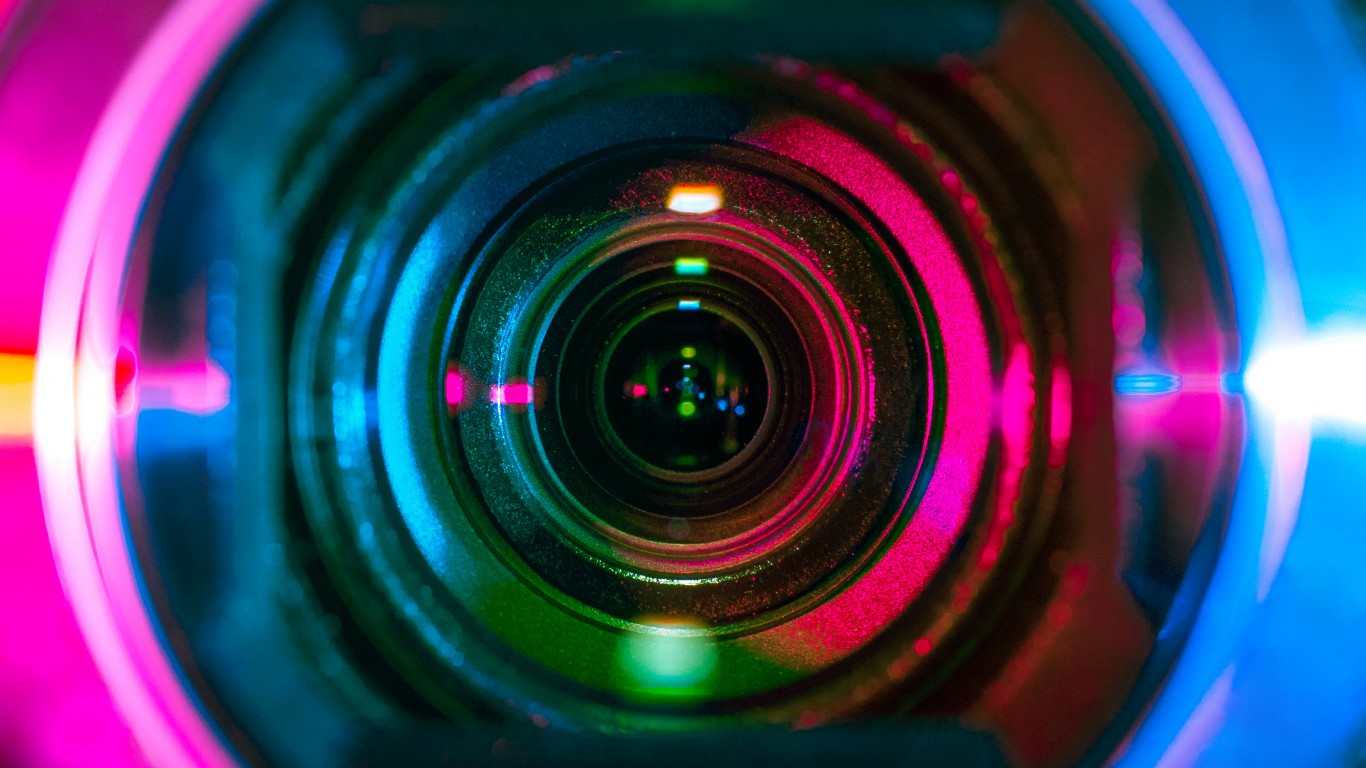
28. 3D consumer camcorder
In 2010, Panasonic released the world’s first consumer camcorder that was filming in 3D. It has a conversion lens to convert 2D to 3D. The 3D images are recorded and ready for playback on a 3D display. Today, several tech companies produce consumer camcorders that can record 3D video. They cost between $300 and $1,000.

29. Jetpack flights
Jetpacks, devices that are worn on the back and propel the persons wearing them up in the air using gas or water, are gaining popularity after a slow start due to drones and hoverboards being everywhere. Different types of jetpacks have been built over the years, but they are simply too expensive — around $250,000.
One of the newest model of jetpack, described as a “flying motorcycle” and called “The Speeder,” is even more expensive — $380,000. So while the average Joe still has many years before being able to afford to fly solo, there are plenty of options for those who can afford them.
[in-text-ad-2]

30. Space tourism
People traveling to space for recreational purposes is not new. (American businessman Dennis Tito became the first space tourist in April 2001 aboard a Russian Soyuz spacecraft.) Several companies are working towards providing that service on a regular basis, among which are Virgin Galactic, which recently even revealed its spacesuits for space tourists, SpaceX, and Blue Origin. Located in the southern New Mexico desert, Spaceport America, which is basically an airport for spacecraft, opened in 2011.
31. Remote surgeries
In 2010, remotely-controlled robots performed the very first heart surgery. Over the years, robotic surgery has grown to be one of the hottest fields in health technology. Several companies are now experimenting with what is possible to do with surgeries performed remotely, so far via local area network connection.
[in-text-ad]

32. Virtual reality headsets
Virtual reality and extended reality have a long way to go before they are everyday technologies, but VR headsets, gloves, and other hardware, as well as software, have been growing in popularity. Recent releases of virtual reality and extended reality products include HTC’s Vive Focus devices, Lenovo’s Mirage Solo, Microsoft’s Hololens 2, Oculus Quest and Google’s Glass Enterprise Edition 2.
VR revenues reached $3.6 billion in 2018, about $3 billion more than what was expected for that year. Sales are estimated to grow considerably more over the years, reaching 16.3 billion by 2022, according to SuperData, a Nielsen data company.
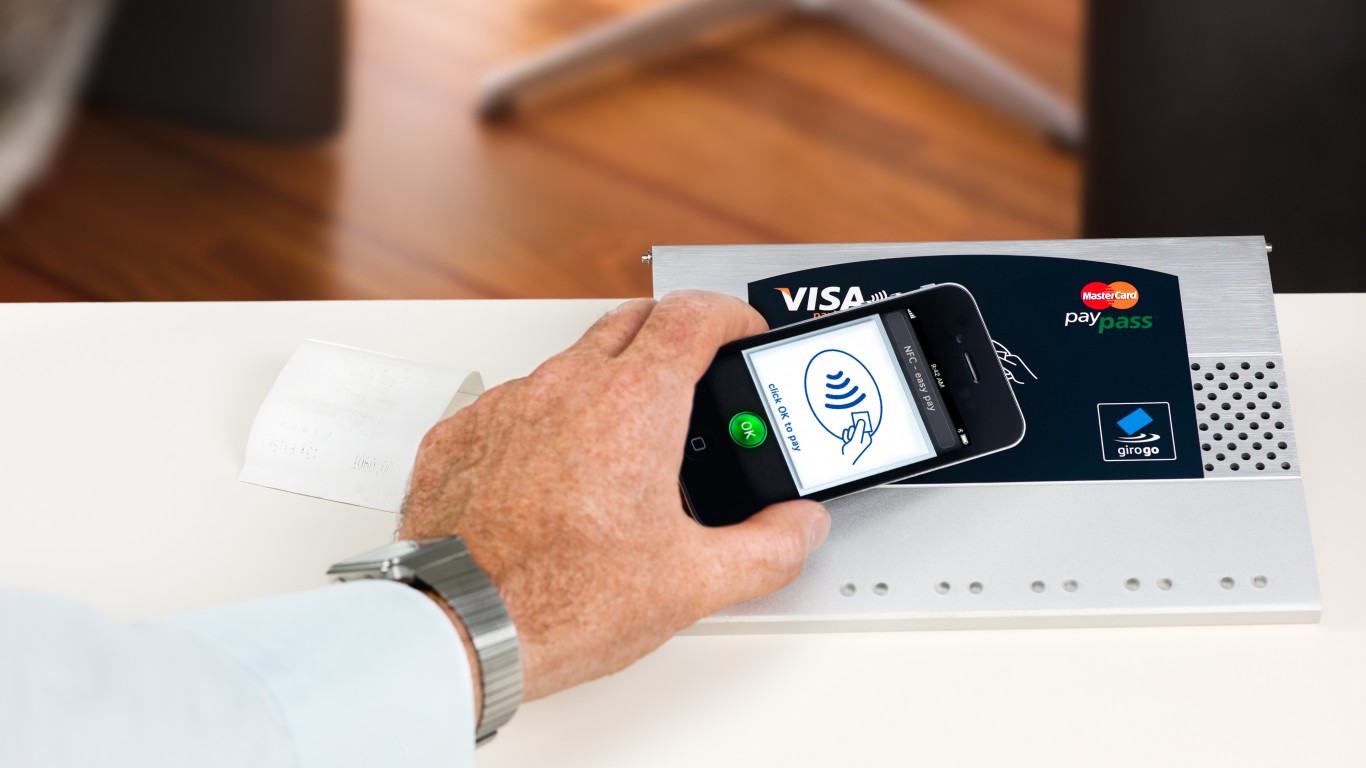
33. Mobile money transactions
After consumers got used to online shopping, which payment companies like PayPal helped facilitate, they wanted the same payment convenience elsewhere in their lives.
Several public and private companies — Stripe, PayPal, Square, Braintree, to name a few — are focusing on processing credit card transactions through mobile devices. Phones can now be used to pay for anything from coffee to a ride with Lyft.
34. Instagram
It seems there has been an evolution even within a recent revolution. Instagram, it seems, has revolutionized the fairly young social media itself. While, according to eMarketer, Facebook now appeals to the older crowd, Instagram has been growing its market share within the younger crowd. And if you’ve seen the many food photos on Instagram, you know it even changed the way we eat — the “camera eats first” phenomenon. Moreover, Instagram users with many followers have become “influencers,” hired by companies to pitch their products. Influencers can be highly popular and become very wealthy from their success on the platform.
[in-text-ad-2]

35. Pinterest
Pinterest is another social media evolution. It is basically a digital scrapbook, an endless source of ideas for anything from recipes and gifts to baby room themes, what books to read, and how to decorate a home. And yes, you can also make purchases on Pinterest. More than 250 million people use the platform every month, about 77 million of them in the United States.
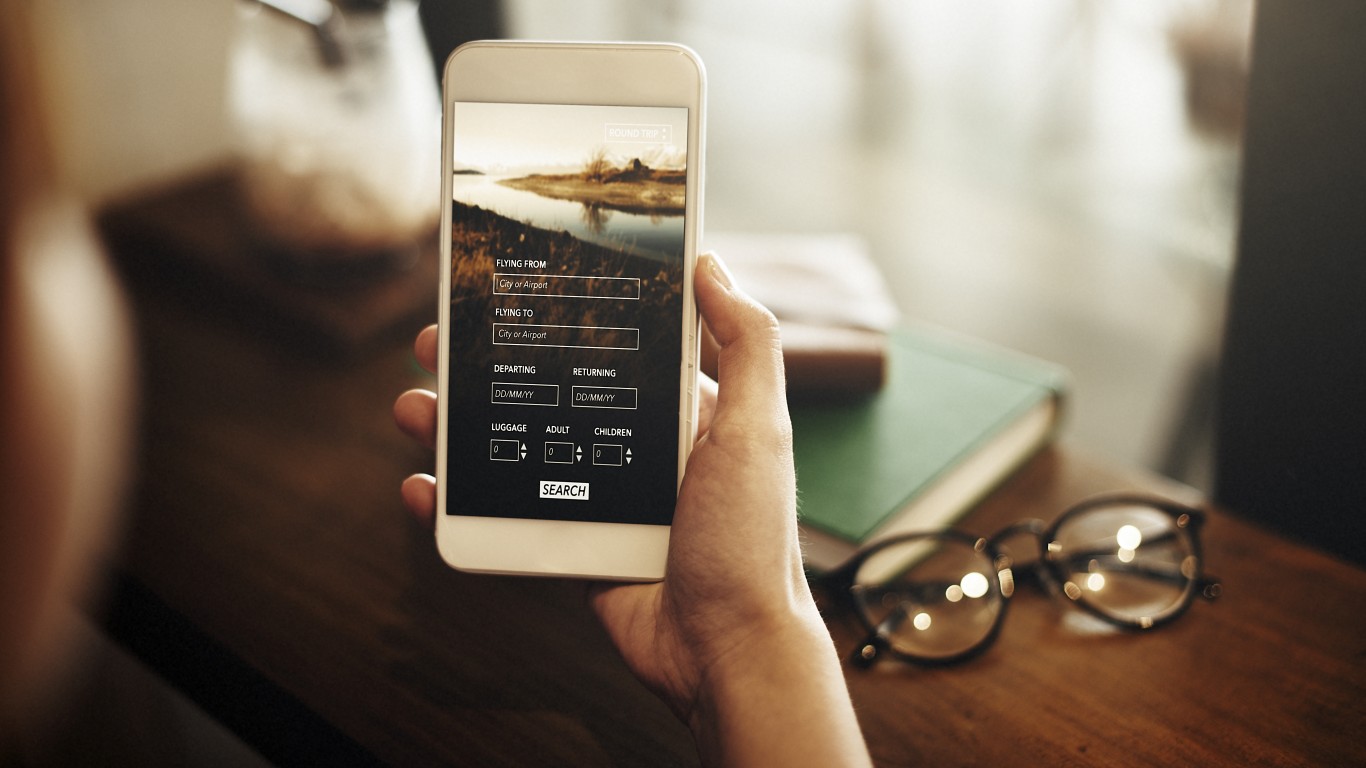
36. 4G phones
4G, or 4th Generation Mobile standard, uses high speed networks that have to meet certain criteria such as a download speed of 100Mb a second for someone on the move and 1Gb a second for an immobile location or someone who moves at a slow speed. The Evo, an Android-based phone released in 2010, was the first 4G phone. IPhone 5, which was released in 2012, was the first iPhone with 4G connectivity. Soon, though, 4G may become obsolete, as 5G devices are already being made.
Are You Ahead, or Behind on Retirement? (sponsor)
If you’re one of the over 4 Million Americans set to retire this year, you may want to pay attention. Many people have worked their whole lives preparing to retire without ever knowing the answer to the most important question: are you ahead, or behind on your retirement goals?
Don’t make the same mistake. It’s an easy question to answer. A quick conversation with a financial advisor can help you unpack your savings, spending, and goals for your money. With SmartAsset’s free tool, you can connect with vetted financial advisors in minutes.
Why wait? Click here to get started today!
Thank you for reading! Have some feedback for us?
Contact the 24/7 Wall St. editorial team.